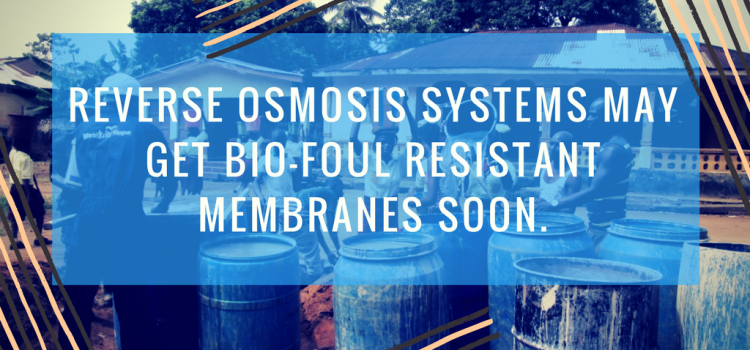In a significant move to address the critical issue of lead contamination in drinking water, President Joe Biden’s administration has committed $3 billion to replace toxic lead pipes across the United States. This investment aims to ensure clean and safe drinking water for millions of Americans, particularly in vulnerable communities where lead exposure poses severe health risks.
The Problem: Toxic Lead Pipes
Lead pipes have been a persistent problem in many American cities and towns. These aging infrastructure components can leach lead into the water supply, endangering public health. Exposure to lead is especially harmful to children, as it can impair brain development, affect cognitive abilities, and lead to behavioral issues. The consequences of lead exposure are irreversible, making prevention and remediation crucial.
Read: 7 Science-Backed Advantages of Drinking Purified Water
The Funding Initiative
The $3 billion commitment is part of the historic $15 billion allocated for lead pipe replacement under the President’s Bipartisan Infrastructure Law. The Environmental Protection Agency (EPA) will oversee the distribution of funds to local municipalities and water utilities. Here are the key aspects of the funding initiative:
- Lead Pipe Replacement: The primary goal is to replace up to 1.7 million lead pipes nationwide. By removing these hazardous pipes from the water distribution system, the administration aims to eliminate the risk of lead exposure for countless families.
- Community Impact: The funding prioritizes communities disproportionately affected by lead contamination. These often include low-income neighborhoods, communities of color, and areas with aging infrastructure. By targeting these regions, the administration seeks to address environmental justice concerns.
- Collaboration: The EPA will work closely with state and local governments, water utilities, and community organizations to identify priority areas for pipe replacement. Collaborative efforts will ensure efficient use of resources and timely execution.
- Public Awareness and Education: Alongside physical infrastructure improvements, the initiative emphasizes public awareness campaigns. Educating residents about lead risks, testing their water, and encouraging preventive measures are essential components of the program.
Read: Water Stress: A Global Problem That’s Getting Worse
The Comprehensive Approach
The Biden-Harris administration recognizes that lead contamination extends beyond pipes. Therefore, additional measures are being taken to safeguard public health:
- Lead-Based Paint Hazards: The Department of Housing and Urban Development (HUD) is providing nearly $90 million to address residential health hazards, including lead-based paint. Many older homes still have lead-based paint, which can flake off and contaminate soil and dust. Remediation efforts will protect families living in such homes.
- Data Collection and Monitoring: The EPA will enhance data collection and monitoring systems to track progress and identify areas requiring immediate attention. Regular water quality testing will ensure ongoing safety.
- Research and Innovation: The administration encourages research into alternative materials for water infrastructure. Innovations such as non-toxic pipe materials could revolutionize water distribution systems in the long term.
Conclusion
The $3 billion investment in lead pipe replacement represents a critical step toward ensuring clean and safe drinking water for all Americans. By addressing this pressing issue, the Biden-Harris administration demonstrates its commitment to public health, environmental justice, and sustainable infrastructure.
References:
https://www.cnn.com/2024/05/02/politics/biden-lead-pipe-replacement/index.html
https://www.presidency.ucsb.edu/documents/fact-sheet-biden-harris-administration-announces-3-billion-replace-toxic-lead-pipes-and
https://www.whitehouse.gov/briefing-room/statements-releases/2024/05/02/fact-sheet-biden-harris-administration-announces-3-billion-to-replace-toxic-lead-pipes-and-deliver-clean-drinking-water-to-communities-across-the-country/










